Kerala: one Indian state, four exhilarating ways
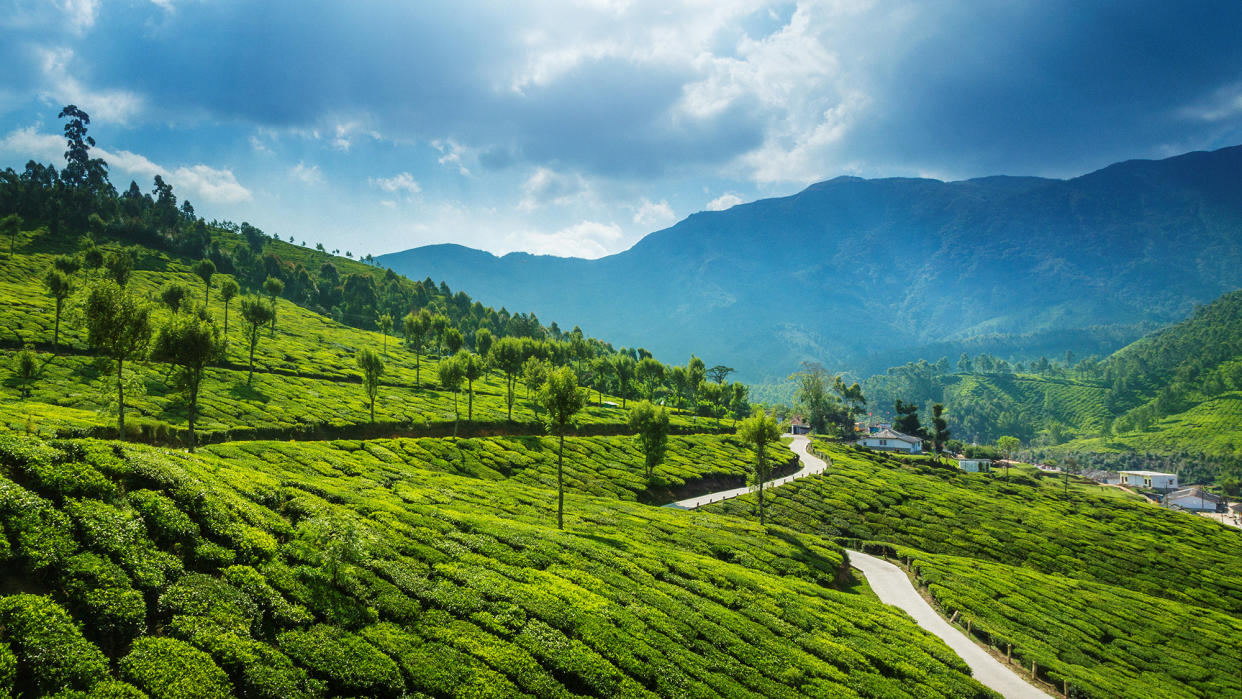
Kerala is a microcosm of India itself. The 360-mile-long sliver abutting the Arabian Sea is a bewildering jumble of people, places and cultures. Impossible to get a handle on with one lone visit — or six visits even. The startling breadth of Kerala is almost preternatural. Well, better to say it is extra natural, because the mountainous Western Ghats and the topographical marvel of the coastal backwaters are acute embodiments of the natural world. Discover how Kerala does what it does with these four guides to four very different parts of the state.
Do nothing on the coast
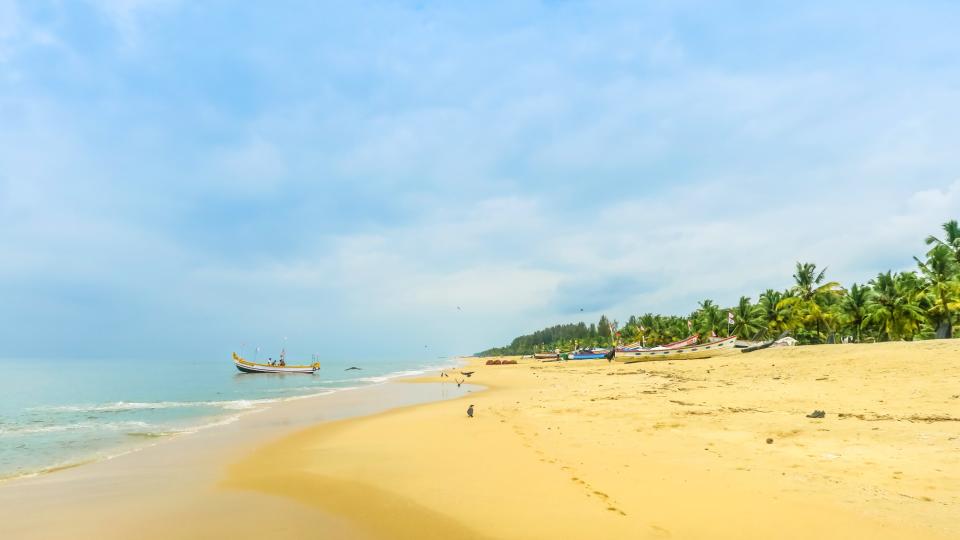
Beach nuts and laze-abouts will relish the tranquility of Marari Beach. There is not much there, and that is the entire point. Just stretches of sand and the waves of the Arabian Sea. Fishermen ply their trade on the beach's shore, so the morning rush can be a bit intense. Otherwise, the vibe is permanent-mellow.
The aptly named Fisherman Cafe is tucked back off the shoreline and serves seafood with both Keralan influences and European ones. That means you can order a paratha to go with your whole grilled snapper, stuffed with lemon, butter and rosemary, and served with potatoes and zucchini.
The stillness can be deceptive. The sun is a force even on the most tranquil days. So lather on that sunscreen when you take those beachfront strolls.
Get friendly with elephants and spices in the mountains
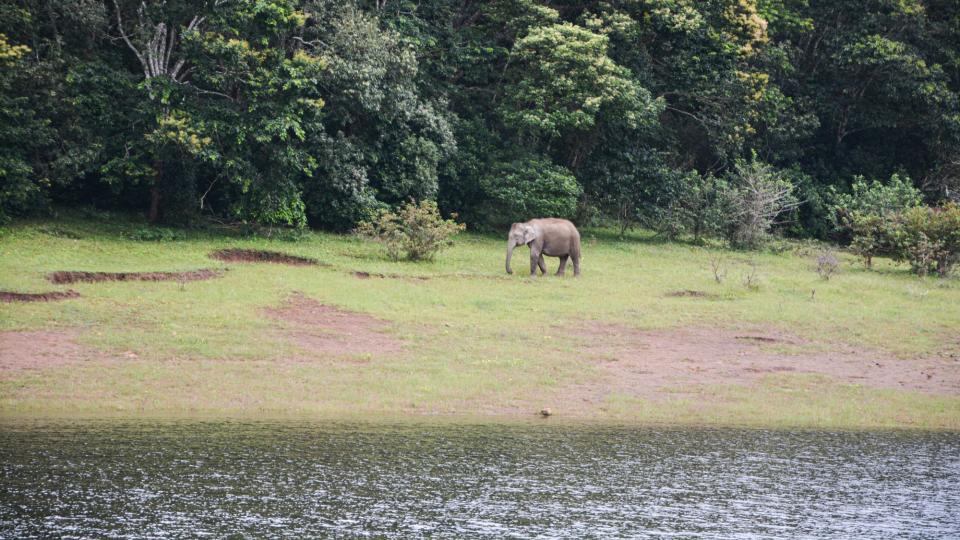
Munnar is probably the most well-known of the mountainous destinations in Kerala. It does, after all, have a litany of mountainsides teeming with tea plants and tea plantations.
For a more surprising but kindred experience, head to Thekkady. There, you can experience a tour of a spice farm, where, if you are blessed, you might also get a home-cooked Keralan meal. You will learn the differences between a variety of black peppercorns, see what exactly a cardamom plant looks like and likely sample green clove buds straight from the plant.
Should a botanical wander prove too tame, book a tour through one of two reserves: Periyar and Gavi. Periyar is a tiger reserve, so while visiting, cross your fingers that you are lucky enough to catch a Bengal tiger in its habitat. In Gavi, if you elect the more arduous hike — which, fair warning, is indeed arduous — you might also glimpse an elephant, a tiger or the fearsome wild dogs. At minimum, you will see evidence of elephants, if you catch our drift.
Wander the labyrinthine backwaters
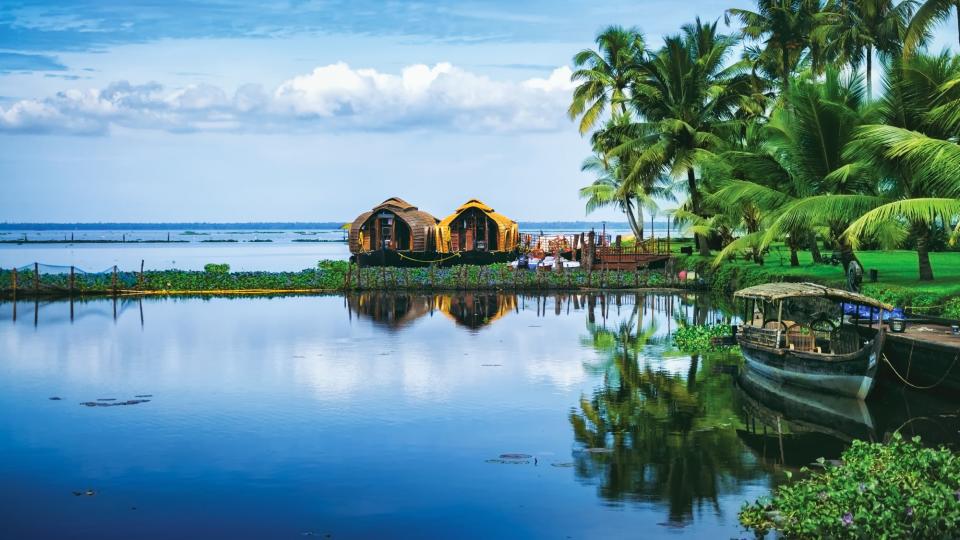
First, a clarification. "Backwaters," the term for the nearly 600 miles of lagoons and canals just east of the Malabar Coast, does not refer to the system's placement back from the shoreline. No, the system is dubbed "backwaters" because the coast's abundant seawater is backed into the region as a result of the area's singular topography, creating brackish waterways.
It is a marvel of an ecosystem, and a robust houseboat business is designed to provide tours for every type of traveler. Want a highly trafficked route where you can wave at a parade of other travelers on different houseboats? Take a round-trip jaunt from Alleppey to Kumarakom and back. Eager to experience a backwater-less-traveled? Head north to Kozhikode, near the site of explorer Vasco da Gama's first landing in India, for a wander across the Kallayi River.
Roam the ancient, urban port
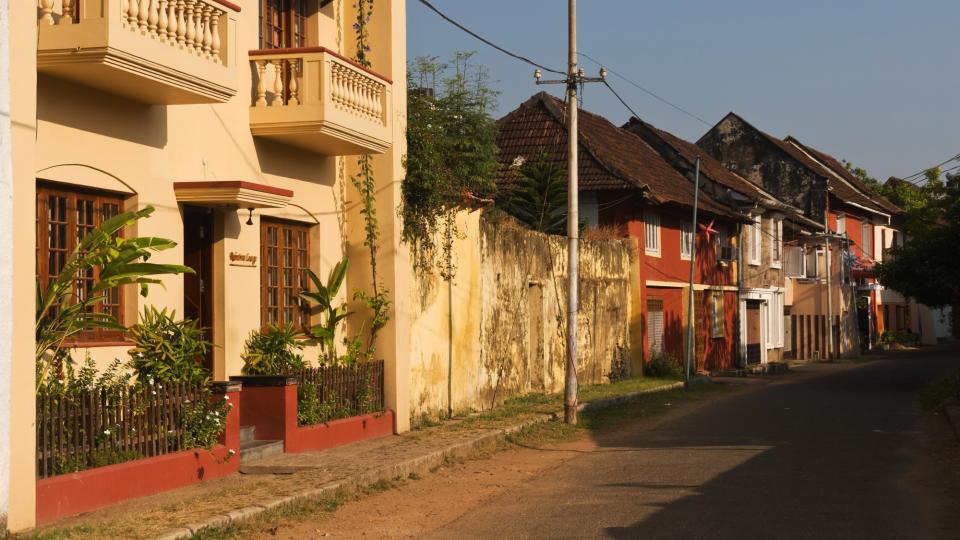
You can feel Kochi's age. The port city, in ancient times, was a significant hub for spice seekers. Then a sequence of colonizations over four centuries by the Portuguese, Dutch and British shaped the city. Those colonizers' influence remains, in part, in the city's structures: the Portuguese in the Santa Cruz Cathedral Basilica; the Dutch in the Bolgatty Palace on Bolgatty Island; the British in the Old Harbour Bridge, built in 1940.
Long before that spate of colonizers, though, the Arab world had strong ties to Kochi. You can still see the presence of the Arabic diaspora in 2024. Should you need a (temporary) break from coastal Keralan dishes, try mandi, a Yemeni dish of rice and meat advertised on endless storefronts on the route from the airport into Kochi. There are also shawarma spots, like the mini-chain Al-Taza, where you can order your shawarma on the prototypical Middle Eastern lavash or the flaky south Indian parotta, plus a bounty of restaurants that specialize in kunafa, that Arabic dessert of crackling shredded pastry and cheese doused in sugar syrup.

